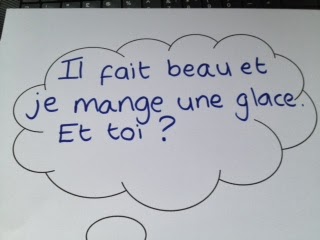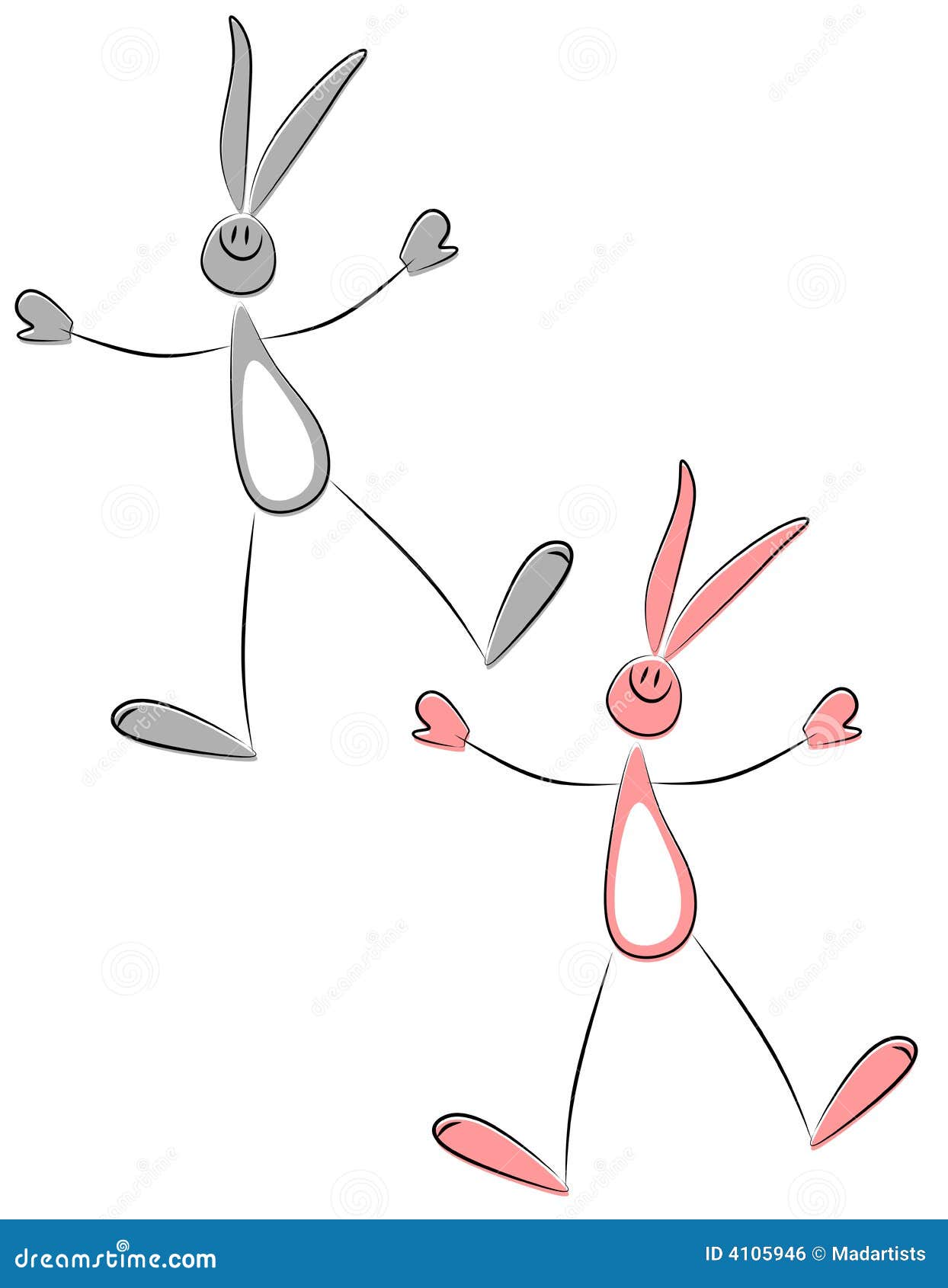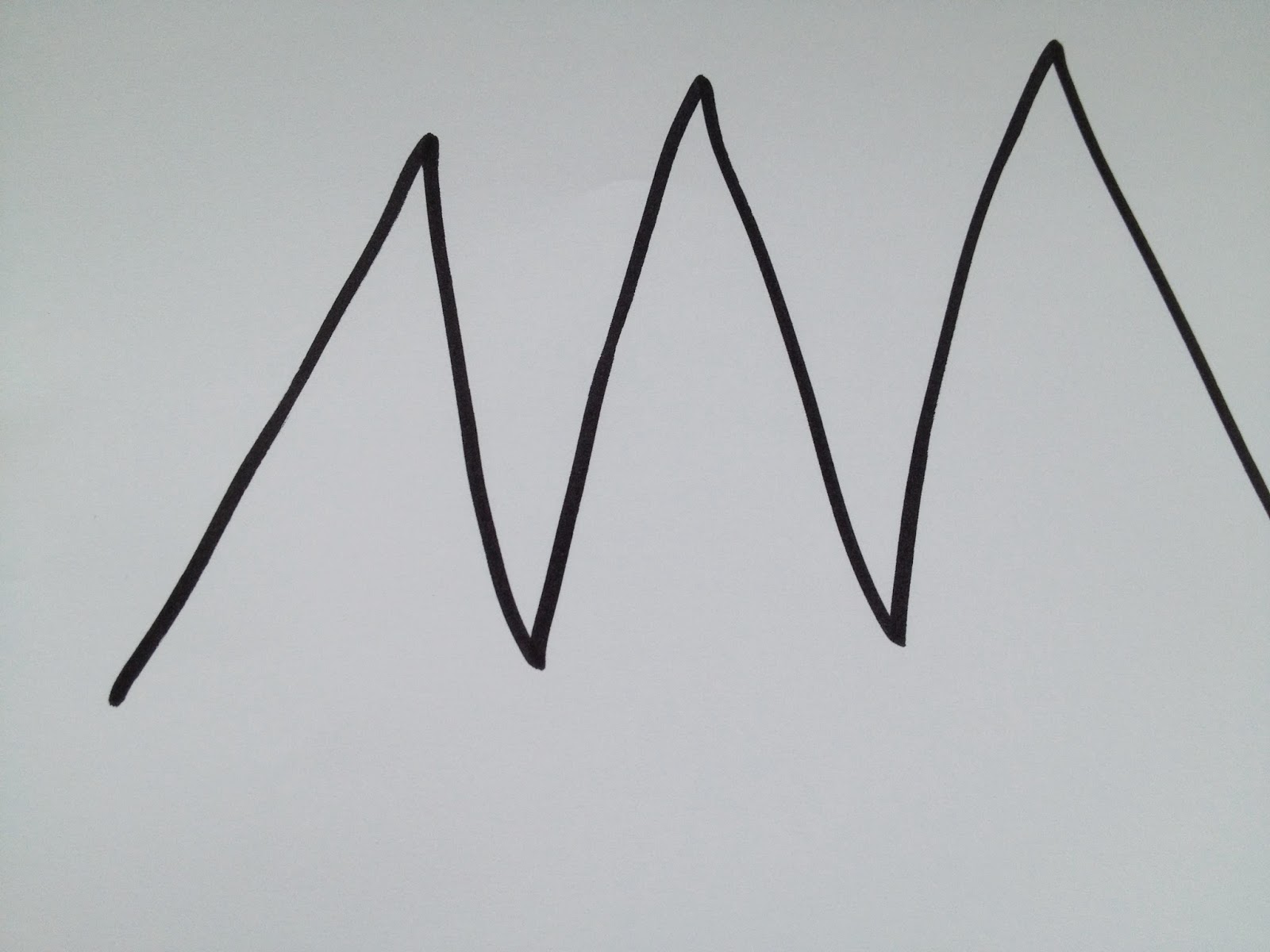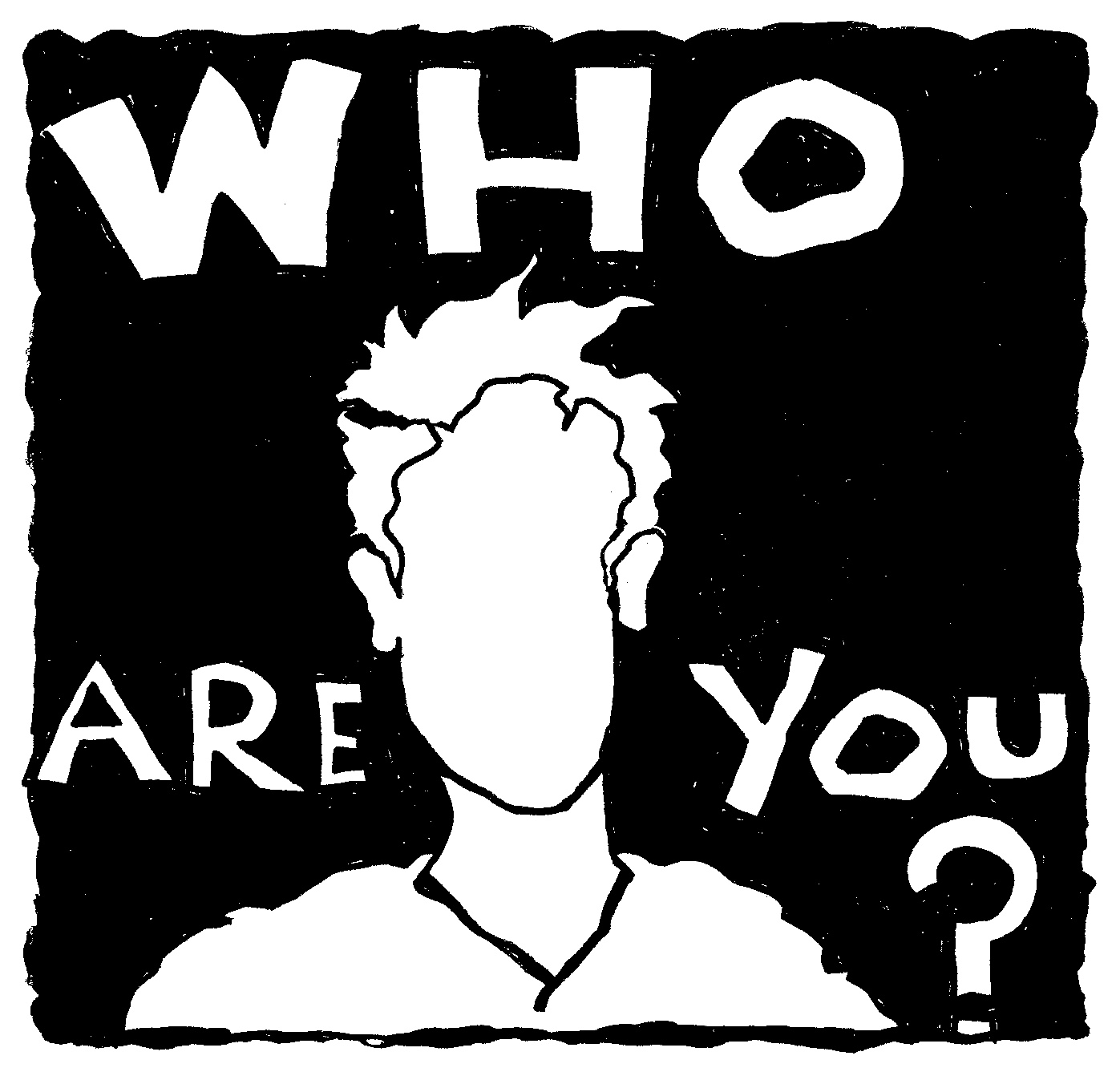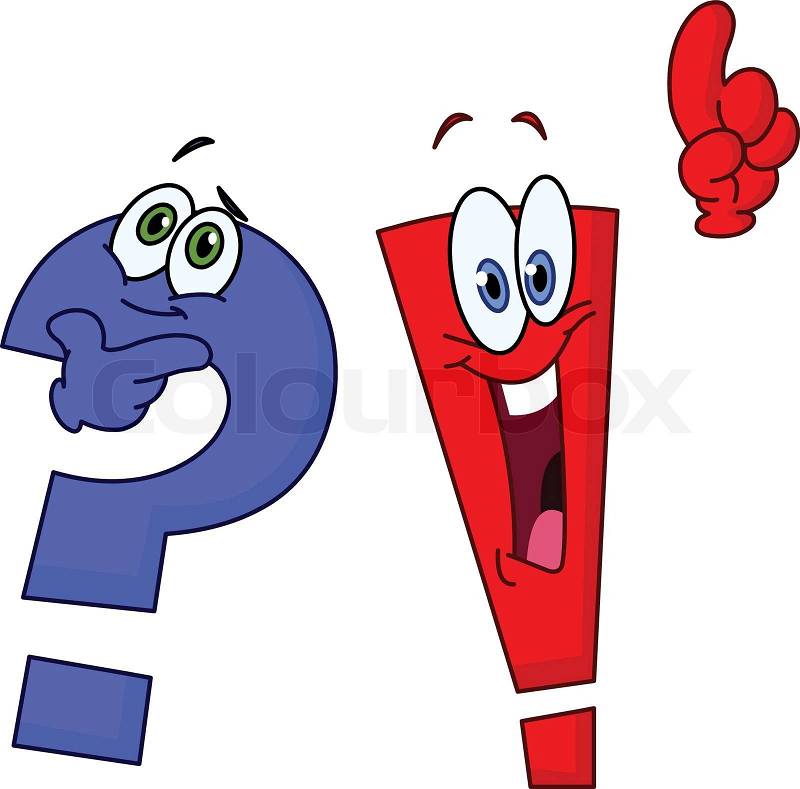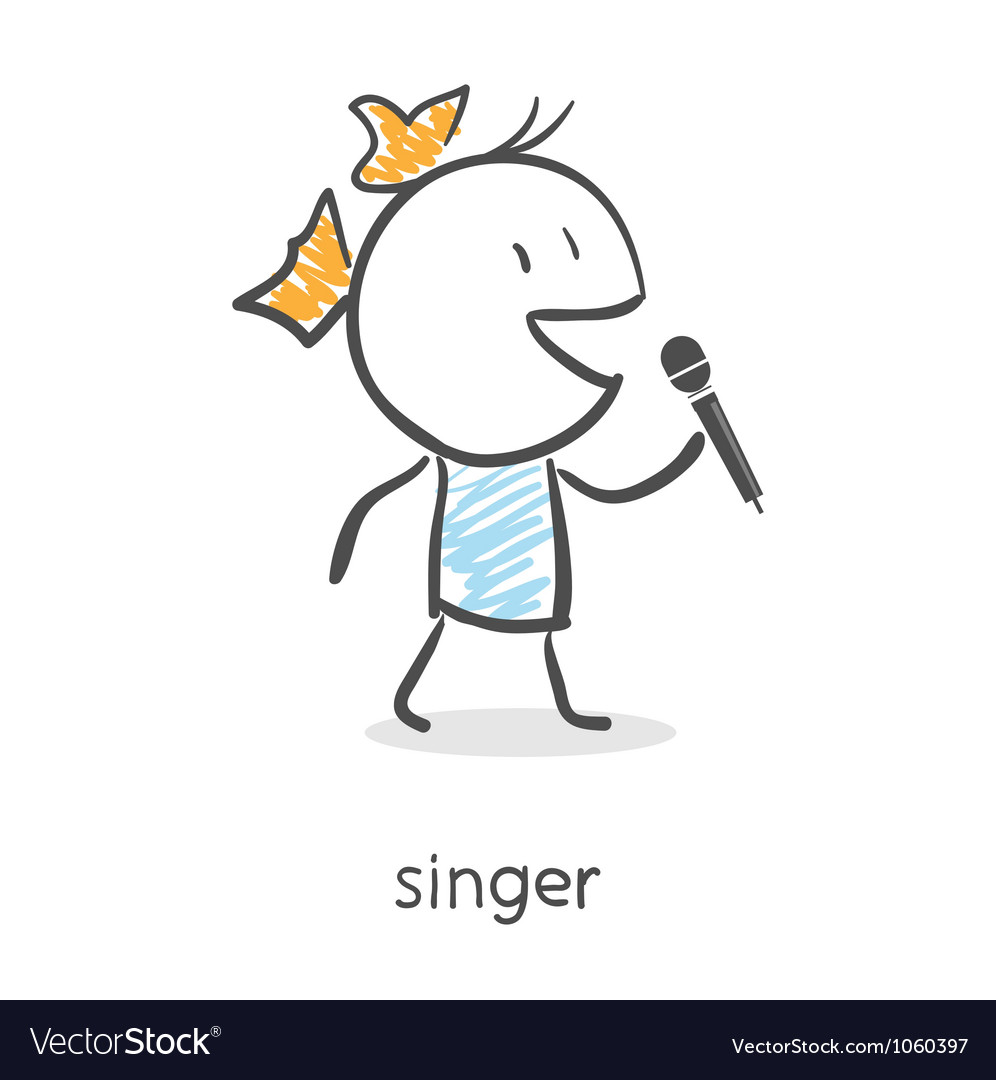Physical POP UP Poems
We love the use of the sounds to replace key present
tense first person singular verbs and add a performance dynamic to the poem !
@EWoodruffe and myself have broken the poem down into a simpler French version for our
young language learners to develop into a series of performance language activities which links
well with either of our UKS2 JLN learning focuses : school routine or daily routine.
Here’s our shortened version made into two verses:
D’abord je me hop hop du
bon pied .
Puis je gloup gloup mon
petit déjeuner.
A l’école je ne oin oin
meme pas,
Mais je bonjour bonjour
tout le monde
Je lalalala des chansons
en faisant la ronde,
Mais je chuTTtt aussi pour
la maitresse.
Tout à coup la cloche dring
dring l’école est terminée.
Je retrouve ma maman et je lui blablablabla
de ma journée!
Should you want this poem in Spanish then thanks to Ana Garcia we have tried to put this into Spanish at the bottom of this page
What’s the text
about?
To work with this text we feel that the children need to
first of all to explore the two verses of our poem by :
1.Reading the text with the teacher
2.Identifying key words they recognise – a simple
highlighting activity
3.Sharing this knowledge with the class
4.Collecting the
known language on a class record sheet.
5.Piecing together as language detectives what
the text is about
Explore the Sound
Text !
Now the class can check their conclusions by using the
sounds in the text and the actions modelled by the teacher, to explore the meaning
of each sentence.They will do this by just speaking and acting out the key sounds from each sentence .
Can the class read the text below and
explore /understand from this what the missing verbs in the text could be?
Can the children read the sound text below as a
class and through teacher voice emphasis , can the children draw conclusions
about the missing verbs?
Hop hop (jump twice)
Gloup gloup (hold pretend
bowl to mouth and slurp)
Oin oin (pull a face as
if crying)
Bonjour bonjour .(wave
twice)
Lalalala (make a gesture
as if singing )
ChuTTtt (finger to lips)
Dring dring ( move hand
as if ringing big heavy hand bell twice)
Bla bla bla bla (open and
shut hand as if it’s a mouth -chattering)
Give the children the missing verbs as cards. Can the
children link any of the verbs to the sound text above? Which verbs are left?
Can the children help you to place these verbs next to key sounds and perhaps
use the action s to help them do this? Are there any verbs left that the
children need to look up in a bi-lingual dictionary? You will to help them by
providing them with the infinitive of the verbs. .
lève
|
prends
|
pleurs
|
dis
|
chante
|
me tais
|
sonne
|
raconte
|
Games with sounds
and verbs
Play recall games with the sounds and the verbs ….
As a class the teacher should :
Call a sound and the children must do the action
Do an action and the children must say the sound
Call a sound and the children must say the verb that matches
the sound
(You could also play the recall games in pairs or as small
groups )
Create Physical
POP UPS of the poem
We will be using the poem we abbreviated for this. Divide
your class into groups of four children
Give each group one of the 8 sentences
from the two verses of the poem. Each of the four children has a role to play
in saying part of the full sentence from the poem and making the POP UP sentence of the poem
Each group has two core sentence cards – the start of the
sentence and the end of the sentence . Two children hold up the core cards – one
holds up the start of the sentence and another child holds up the end of the
sentence.
In between the other two children are responsible for the
sound and the verb pop ups . One should say the sound and do the action and the
other child should say the missing verb and carry the action on.
Here’s a diagram to explain what I mean :
“D’abord je me  (sounds/ action
(sounds/ action)
 (
missing verb/ action) du bon
pied “
(
missing verb/ action) du bon
pied “
Now the class can put together its pop up version of the
whole poem .Each group saying and
performing their sentence in turn .
At this point you could film the class using props and
performing their POP UP poem with sound effects as a “ video of le jour de la rentrée”
Let’s take the
performance further …….“Sound” “Vision” and “Target Language” performance
You may want to stop here or you may want to try out this
series of drama and performance linked activities to create a “Sound” “Vision” and “Target Language”
performance .
Divide the class into 8 groups .
Ask them to perform their POP UP sentences from the previous
activities
Now ask them to explore the rhythm , beat and cadence of
their sentences as part of the whole poem.
To do this they need to identify the rhythm of their
sentence – clapping out the syllables and the beat
Can they replace the clapping with their key sound from the
sentence e.g.
D’abord je me hop hop du bon pied
could become …..
“Ho-hop hop hop hop hop hop ho
op”
To this they need to add a clapping /clicking / tapping or
stamping rhythm that matches
This forms the basis of their backing track for their
sentence. Now two children are responsible for the backing track and the sound
and clapping / tapping / clicking or stamping of the rhythm)
Now the group needs to add the spoken sentence on top of
this rhythm .The other two children are responsible for the performance of the
spoken sentence with actions and fitting it to the rhythm of the backing track
they have created.
Can they perform this for the class?
Put the whole poem back together and perform this as a class
performance – with backing track rhythms and spoken French sentences with
actions.
What a performance!
The Spanish version of the abbreviated poem
La vuelta al cole
Primero me quick quick con el pie derecho
Después ñam ñam desayuno
En el colegio no muaa muaa
Pero hola hola a todo el mundo
Yo lalalala las canciones
Pero ssh ssh para
escuchar a la profesora
De pronto ring ring
el colegio ha terminado
Encuentro a mi mama
mua mua
Y le bla bla bla bla de
mi dia
 These two pairs should stand on either side of the classroom or carpet visible to all the children . Pair one has a smoke signal card with a message in the target language written clearly on it .They must not show it anyone else and they should be given 60 seconds thinking time to work out the meaning and to decide on a mime .Pair two have an empty smoke signal card and a pen. They will watch the mime , have 60 seconds thinking and discussing time and then working together write down in the target language what they think the message is .
These two pairs should stand on either side of the classroom or carpet visible to all the children . Pair one has a smoke signal card with a message in the target language written clearly on it .They must not show it anyone else and they should be given 60 seconds thinking time to work out the meaning and to decide on a mime .Pair two have an empty smoke signal card and a pen. They will watch the mime , have 60 seconds thinking and discussing time and then working together write down in the target language what they think the message is . 


